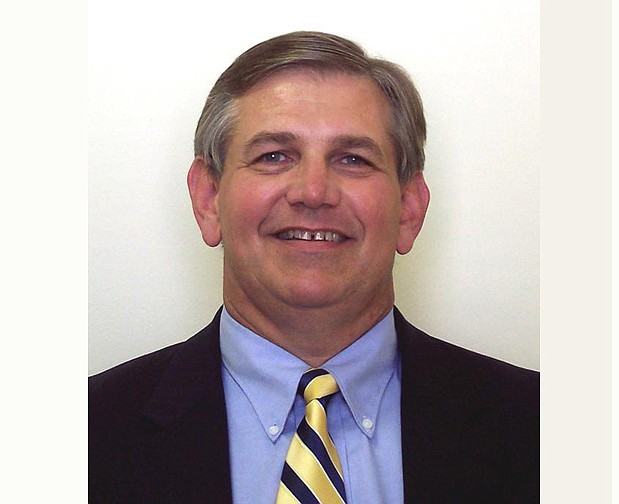Nearly five and a half years from the end of the recession, the U.S. economy finally appears poised for sustainable growth sufficient to allow a return to more normal monetary policy. While the efficacy of the Fed's actions continues to be hotly debated, there is little doubt that time has come for the central bank to stand aside and let the economy stand on its own two feet.
According to the U.S. Bureau of Economic Analysis, the economy expanded at a 3.5 percent annual rate during the third quarter. This is an excellent follow-on gain to the 4.6 percent rate in the second quarter and provides further evidence of an increasingly robust recovery. Stock prices responded to the encouraging news by surging to new record levels.
Underlying the positive GDP growth were several interesting factors. Government spending, previously shrinking under sequestration, increased the most since 2009. Incremental defense spending as well as stronger state and local government outlays contributed about one fourth of the total growth for the quarter ending in September.
Exports were surprisingly strong as well, contrary to forecasters' expectations and despite headwinds from a stronger U.S. dollar. Increases in net exports of American products and services and a decline in imports provided about a third of the gain in GDP.
In another positive sign for future expansion, private non-residential capital investment continued to show strength, climbing at a 5.5 percent annual rate on the heels of a 9.7 percent hike in the second quarter. Stronger capital investment adumbrates improved productivity and higher wages in future periods, something that has been lacking so far during this recovery.
The one drag on GDP was an increase in inventories, subtracting about a half percent. In fact, GDP excluding the inventory adjustment (known as real final sales) actually grew at 4.2 percent, the fastest pace since 2010.
Meanwhile, inflation remains under control at just 1.3 percent, leaving more after-tax disposable income in most workers' wallets. More disposable income combined with substantially cheaper gasoline should set the stage for a strong holiday shopping season.
Which brings us to the Fed. Noting a discouragingly high unemployment rate north of 10 percent in 2008, the Federal Reserve began an unprecedented experiment aimed at energizing the economy by buying government bonds and government-backed mortgage securities, pumping cash into the banking system. The program became known colloquially as "quantitative easing" or QE, and eventually involved a quintupling of the reserves the Fed had injected into the system, from $900 billion in 2008 to over $4.4 trillion today. To put that in context, the Federal Reserve now holds about one fourth of all the U.S. Treasury bonds in existence.
By last December, the Fed began to throttle back on the bond purchases but awaited confirmation of sufficient economic growth to warrant termination of the program. Finally, with the encouraging report on GDP last week, the controversial QE program officially came to an end.
Economists continue to argue the merits of the program, and many observers believe the plan has contributed to the deepening income inequality in the United States despite the best of intentions. Nevertheless, the end of the bond purchase spree should be taken as a strong vote in favor of the U.S. economy's ability to accelerate.
Much work remains to be done to support the expansion, not least of which is a sensible reform of our antiquated and uncompetitive corporate tax structure. But the prospect of faster growth and higher wages without the Fed's training wheels is decidedly good news.
Christopher A. Hopkins, CFA, is vice president and portfolio manager for Barnett & Co.

